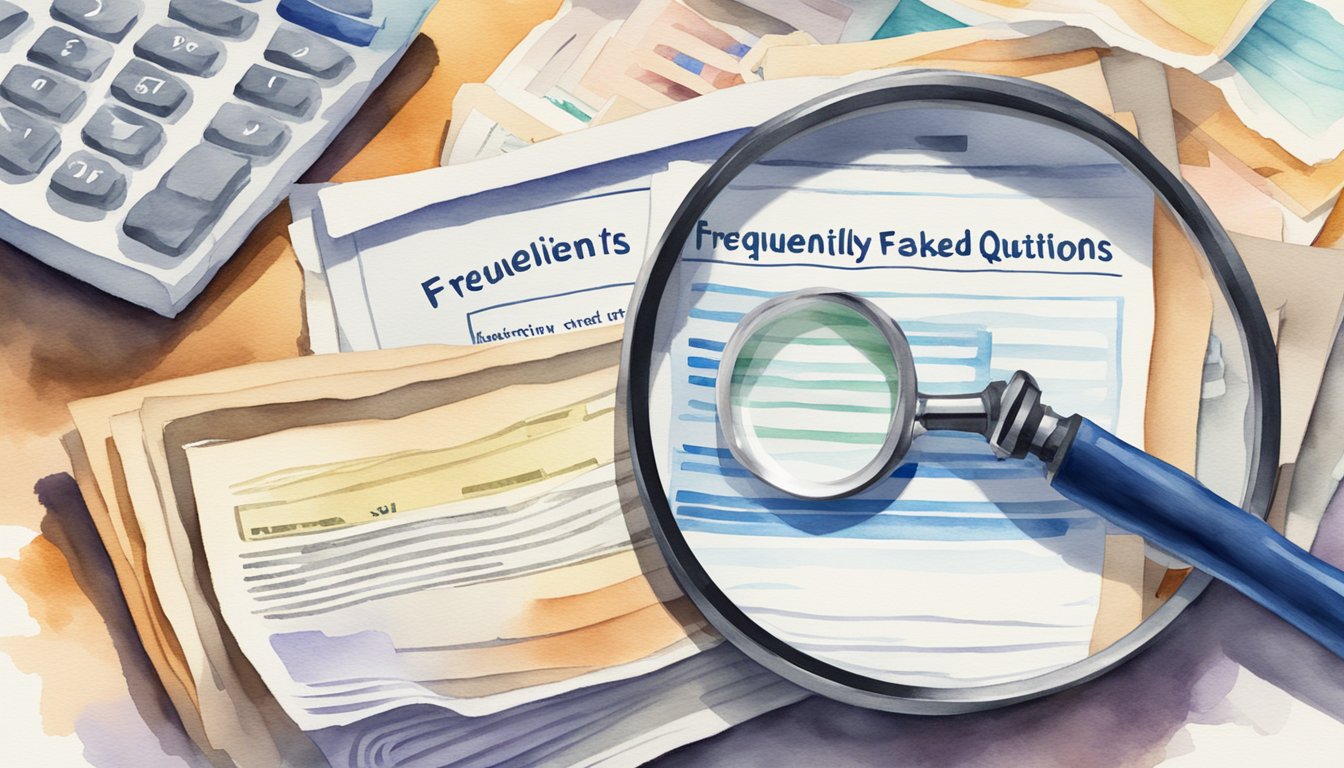Understanding Dividends
Dividends are payments made by companies to their shareholders, representing a portion of the company’s earnings.
This section will explain what dividends mean and discuss the income and taxation aspects of dividends.
What Does Dividend Mean?
A dividend is a portion of a company’s profits distributed to its shareholders.
It can be paid in the form of cash or additional shares.
The decision on whether to pay dividends is made by the company’s board of directors.
Companies that pay dividends are often financially stable and generate consistent earnings.
The dividend yield is a ratio that shows how much a company pays in dividends each year relative to its stock price.
A higher yield can indicate a good return on investment for income investors.
Companies might follow a specific dividend policy to maintain a steady payment schedule.
This approach shows confidence in the company’s financial health.
Dividend Income and Taxation
Dividend income is a key source of earnings for investors and is usually categorized as either qualified dividends or ordinary dividends.
Qualified dividends are taxed at the lower capital gains tax rate, while ordinary dividends are taxed as regular income.
A company’s dividend payout ratio indicates the proportion of earnings paid out as dividends.
A lower payout ratio may suggest that the company retains more earnings for growth, while a higher ratio could indicate more immediate returns to investors.
Dividends are considered taxable income, so you must report them on your tax return.
The taxation rate will depend on your income and how the dividends are classified.
Managing dividend income efficiently involves understanding these tax implications and adjusting your investment strategy accordingly.
This approach helps in maximizing your after-tax income.
Maximizing Dividend Benefits
Maximizing dividend benefits involves selecting the right dividend stocks and reinvesting dividends for compounding growth.
These strategies can increase the value of your investments and provide steady income for long-term financial goals.
Strategies for Choosing Dividend Stocks
Selecting the best dividend stocks is key to maximizing your returns.
Look for companies with a history of consistent dividend payments and potential for growth, such as those in the consumer staples sector.
These companies often provide steady income and tend to perform well even during economic downturns.
Compare dividend yields and payout ratios when evaluating stocks.
High dividend yields can be appealing, but it’s important to consider whether the company can sustain these payouts.
A lower, consistent dividend is often more reliable than a high, unsustainable one.
You can also check if the companies offer dividend reinvestment plans (DRIPs).
These plans allow you to reinvest your dividends into additional shares, which can lead to compounding growth over time.
This strategy increases your overall investment without requiring additional capital.
Reinvesting Dividends for Compounding
Reinvesting your dividends can significantly boost your total return through the power of compounding.
When you reinvest dividends, you buy more shares of the stock, which in turn earn their own dividends.
Over time, this cycle results in exponential growth of your investment.
This strategy is especially effective when applied to dividend stocks that have a consistent track record of payments.
By continually reinvesting, you increase your shareholding, potentially leading to substantial long-term gains.
For investors focused on retirement income, reinvesting dividends can help build a larger portfolio that generates more income in the future.
It’s a smart way to enhance your total return without needing to invest more money upfront.
Essential Considerations in Dividend Investing

Dividend investing in the insurance industry requires attention to key trends and market conditions.
By focusing on key factors such as dividend payment trends and the impact of market conditions on dividends, you can make informed decisions.
Analyzing Dividend Payment Trends
When considering dividend-paying stocks in the insurance sector, it’s important to look at the company’s history of dividend payments.
Consistent dividend payments over several years indicate financial stability.
Companies like insurers, who have a long record of regular annual dividends, are often more reliable.
Monitor the dividend yield, which shows how much a company pays out in dividends each year relative to its stock price.
Higher yields can indicate greater returns, but be cautious of unusually high yields as they may signal financial troubles.
Insurance companies often offer reasonable yields that reflect their business performance.
Keep an eye on the dividend payout ratio, which represents the proportion of earnings paid to shareholders in dividends.
A lower ratio might suggest enough earnings are retained for growth.
Evaluate factors like ex-dividend date, the day on which you must own shares to qualify for the next dividend payment, as this affects your investment strategy.
Impact of Market Conditions on Dividends
Market conditions directly influence dividends in the insurance industry.
During economic downturns, earnings might fall, impacting a company’s ability to sustain dividend payments.
Insurers typically manage risk well, but adverse events can pressure profits and cash dividends.
Interest rates also affect dividend payments.
When interest rates are low, insurance companies might reduce dividend rates as their investment income decreases.
Conversely, rising rates might enhance their ability to pay higher dividends.
It’s crucial to understand how fluctuations in interest rates can impact an insurer’s bottom line and dividend policy.
Additionally, regulations and industry shifts play a role.
Regulatory changes can impact profitability and, in turn, dividend payments.
By staying informed about these factors, you can better predict the performance of your dividend-paying stocks in the insurance sector.
Frequently Asked Questions

Understanding dividends is crucial for making informed investment decisions.
The following questions address key aspects of dividend yield, payout factors, share price impact, tax treatments, dividend types, and payment frequencies.
How is dividend yield calculated for stocks?
Dividend yield is calculated by dividing the annual dividend payment by the stock’s current price and then multiplying by 100.
For example, if a stock pays $2 annually and trades at $50, the dividend yield is 4%.
What factors determine the dividend payout of a company?
Several factors influence a company’s dividend payout, including its profitability, cash flow, and long-term growth plans.
Companies with stable earnings are more likely to pay higher dividends.
Economic conditions and industry trends also play a role.
Can dividends affect share prices, and if so, how?
Yes, dividends can impact share prices.
When a company declares a dividend, its share price may rise as investors seek to buy the stock before the ex-dividend date.
Conversely, the stock price typically drops by the dividend amount after the ex-dividend date.
In what ways are dividends treated for tax purposes?
Dividends are usually taxed as ordinary income, but some qualified dividends may be taxed at a lower rate.
The tax rate can depend on your income level and tax filing status.
It’s important to consult tax guidelines or a tax advisor for current rates and rules.
What is the difference between interim and final dividends?
Interim dividends are paid during the fiscal year, often quarterly or semi-annually, while final dividends are paid at the end of the fiscal year after annual financial statements are reviewed.
Interim dividends are typically smaller and more frequent.
How do companies decide on the frequency of dividend payments?
Companies decide on dividend frequency based on their cash flow, profit stability, and shareholder preferences.
Common frequencies include quarterly, semi-annual, or annual payments.
Decisions are made by the company’s board of directors and can change based on financial performance.






